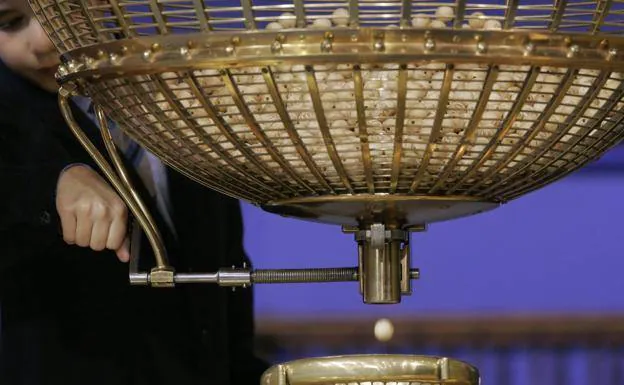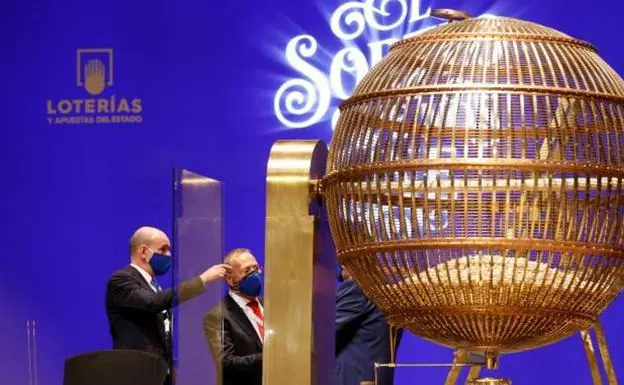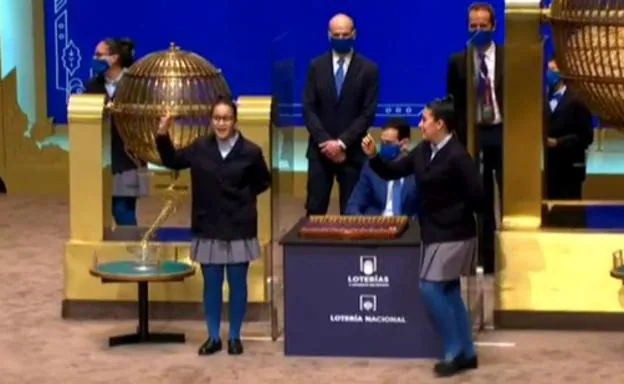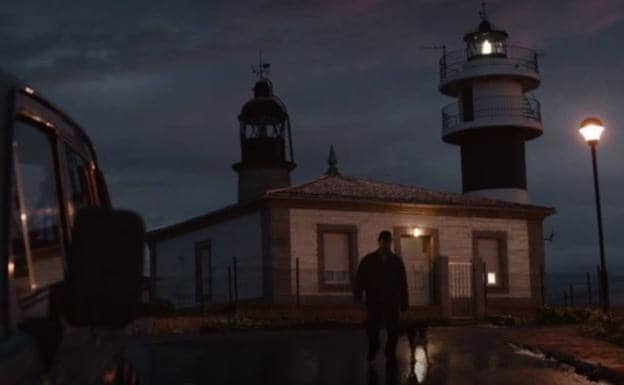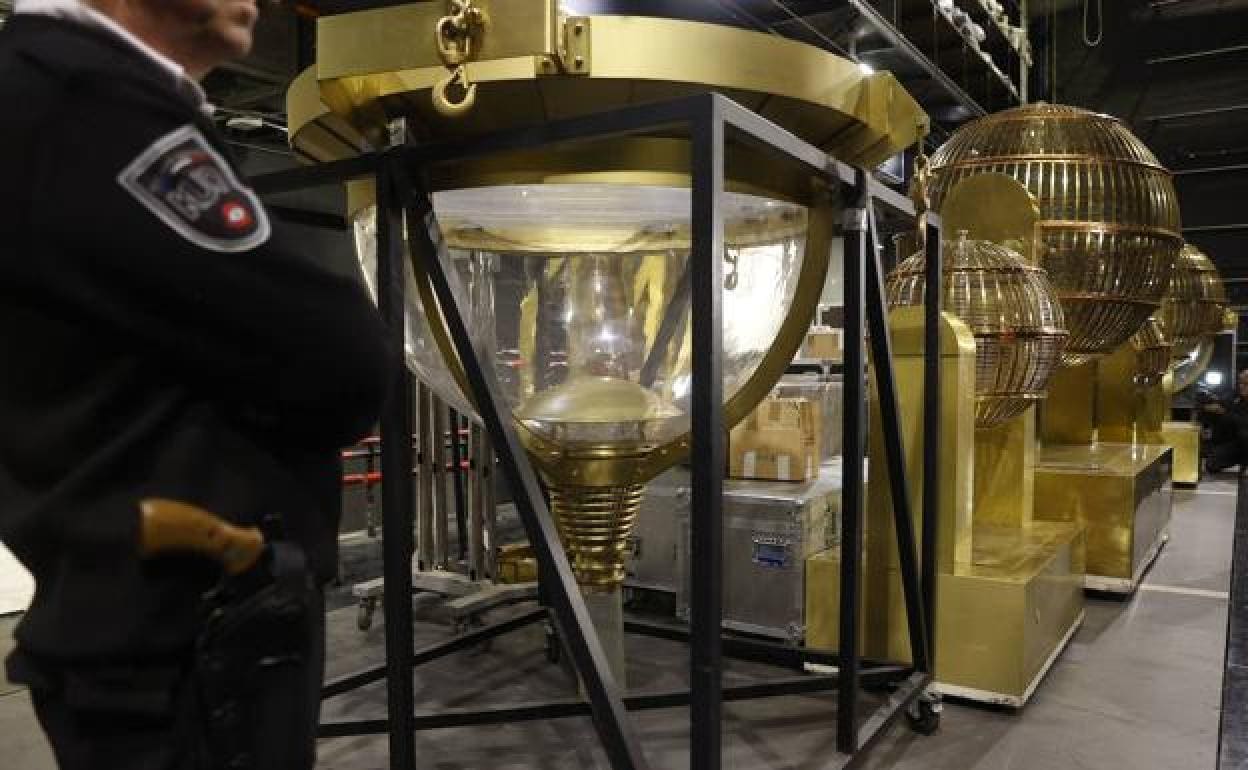Everything you need to know about Spain's big fat Christmas lottery draw today
The grand challenge posed by the Lotería Extraordinaria de la Navidad is to understand how the tickets and prizes work. What exactly are the ‘billetes’, ‘décimos’ and ‘participaciones’ and how much is the famous ‘Gordo’ prize?
I. Méndez / R. Haynes
MALAGA.
Wednesday, 21 December 2022
The tickets have been on sale around the country since August, but now that the big day is here the excitement is palpable. Spain's Lotería de Navidad is more than just a festive draw; it is an essential part of Christmas as young and old hold on to their tickets, and shares of tickets, in the hope that some of the top prize, the famous Gordo, might come their way on 22 December.
In fact, as the television commercial for the special Christmas draw reminds us each year, the essence of this special lottery is in the sharing. There are 2.52 billion euros up for grabs, divided into more than 24 million prizes (although the majority of these involve getting your money back).
Have you been lucky this year?
Check your Christmas lottery ticket numbers for 2022 here in our free online checker. Enter the number of your décimos, one at a time, and then click 'buscar'...
However the stars of the ceremony are the children from the San Ildefonso school in Madrid, who have the job of “singing” the winning numbers and the corresponding prizes. In smart uniform, the youngsters carefully catch the balls that are released from the two large drums and call out the numbers on them to the familiar tune that has been the soundtrack for the 22 December lottery for years. In fact the children from San Ildefonso, originally founded as a school for orphans and underprivileged youngsters, have been singing out the lottery numbers for more than 300 years.
'Series', 'billetes' and 'décimos'
More Spanish Christmas lottery news...
The grand challenge posed by the Lotería Extraordinaria de la Navidad is to understand how the tickets and prizes work. What exactly are the ‘billetes’, ‘décimos’ and ‘participaciones’ and how much is the famous ‘Gordo’ prize?
This year 180 series of 100,000 tickets or ‘billetes’ have gone on sale. Each of these ‘billetes’ is divided into ten parts, ‘décimos’, which are the tickets we find in the lottery offices and carried by street vendors. Each one of these costs 20 euros. In other words a total of 180 million 20-euro tickets went on sale this year, amounting to 3.6 billion euros. Seventy per cent of this is given out in prizes.
However the ‘décimos’ are divided up even further by all types of organisations across the country who use the lottery as a way of raising funds for themselves. A pensioners’ association, for example, might sell ‘participaciones’ for three euros each. The tickets issued state that the holder is ‘playing’ 2.50 euros on the lottery (that is, an eighth of a décimo) and the other 50 cents have gone to the association. Small firms also use the ‘participaciones’ system. A shopkeeper, for example, might give his best customers small shares in a ‘décimo’ he has bought previously as a Christmas gift.
From the Gordo to your money back
This Thursday 22 December the lottery is going to distribute 2.52 billion euros around the country. However the top prize, the ‘Gordo’ or the ‘fat one’ is only worth 720 million euros. Each of the 180 ‘billetes’ with the winning five-digit number will be worth four million euros and one 20-euro ‘décimo’ will be worth 400,000 euros if it wins the ‘Gordo’.
The second prize is 1,250,000 euros per ‘billete’ and the third is 500,000 euros. There are two fourth prizes of 200,000 euros and eight fifth prizes of 60,000 euros. It is when these prizes come out of the drum - and this could happen at any moment during the morning - that the children’s voices rise, their singing becomes more dramatic and the audience stirs.
After the five top prizes comes what is known as the ‘pedrea’, the 1,794 prizes of 1,000 euros (or 100 euros per décimo). All these have to come out of the drums and the children repeat the ‘miiiiiil euros’ litany each time.
Other prizes are awarded for numbers adjacent to the winning numbers and numbers that share the first or last combinations of digits with the winning numbers. Finally all the numbers that share the last digit with the Gordo get the ‘reintegro’, or your money back.
Geography
As soon as the top prizes come out of the drum, the first information reported is where the tickets were sold. Geography has always played an important role in this lottery, with people traditionally buying their tickets when visiting places that they think might bring them better luck than their home towns.
And when you don’t win the Gordo, there’s always the Niño, the similar, but smaller and less well known, lottery that could bring an extra windfall, along with all the presents, on 6 January.
